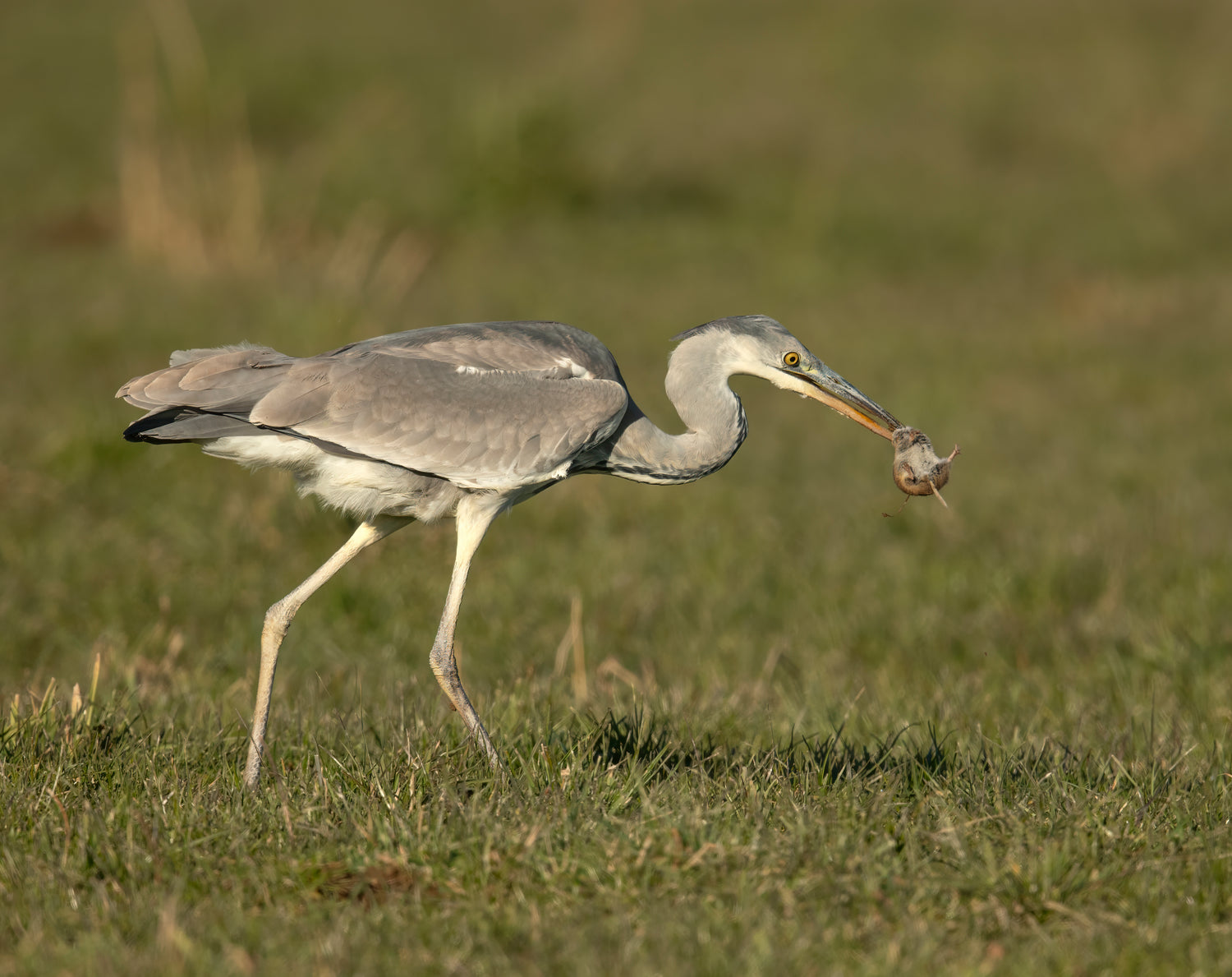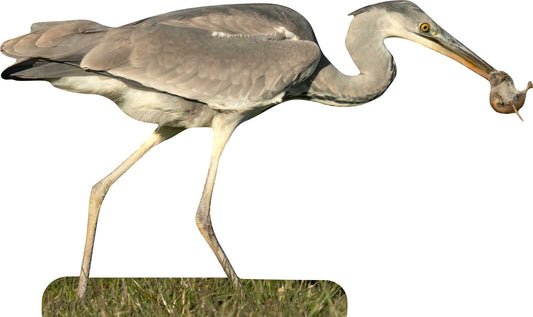
heron
Herons, a family of elegant birds with long necks and legs, play a central role in many ecosystems as hunters of fish and other small animals. This fact sheet provides a detailed overview of the biology and habits of herons and highlights the importance of their protection and conservation in natural habitats.
heron Products
-
Animal display hawk - outdoor set
No reviewsRegular price 75,50€Regular priceUnit price / per -
Animal display wild rabbit
No reviewsRegular price From 59,90€Regular priceUnit price / per
Profile: heron
-
Scientific classification
- Class: Birds (Aves)
- Order: Ciconiiformes
- Family: Herons (Ardeidae)
- Genus: Various genera such as Ardea (great egrets) and Egretta (small egrets)
- Species: Various species such as the Grey Heron (Ardea cinerea), the Great Egret (Ardea alba) and the Night Heron (Nycticorax nycticorax)
-
Physical characteristics
- Size: Body length of 60-150 cm, depending on the species
- Wingspan: 100-200 cm
- Weight: 500 g to 2.5 kg
- Special features: Long, slender bodies, long legs and necks, pointed beaks, usually white or grey colouring with different shades depending on the species. The grey heron has a distinctive grey colouring and a yellow beak.
-
Habitat and distribution
- Common regions: Worldwide, except Antarctica
- Habitat: Wetlands such as rivers, lakes, swamps, mangroves and coastal areas; prefers waters with abundant food and a safe breeding site.
-
Nutrition
- Diet: Carnivore
- Typical diet: fish, amphibians, small mammals, insects, crustaceans and reptiles; some heron species also eat aquatic plants and smaller birds.
-
Reproduction and lifestyle
- Mating season: spring to summer
- Breeding behavior: Nests are usually built in trees, on banks or on rocks, often in colonies
- Eggs: 2-6 eggs per clutch
- Brood care: Both parents participate in brood care and feeding the chicks
- Habitat: Herons are mostly solitary, especially during the breeding season, but they also form large colonies during the breeding season.
-
Lifespan and protection status
- Life expectancy: Up to 15 years in the wild
- Endangered status: Many heron species are not threatened, but some, such as the great egret and night heron, are threatened due to habitat loss and pollution.
- Conservation measures: protection of wetlands, restoration of water bodies, control of pollution and monitoring of stocks.


